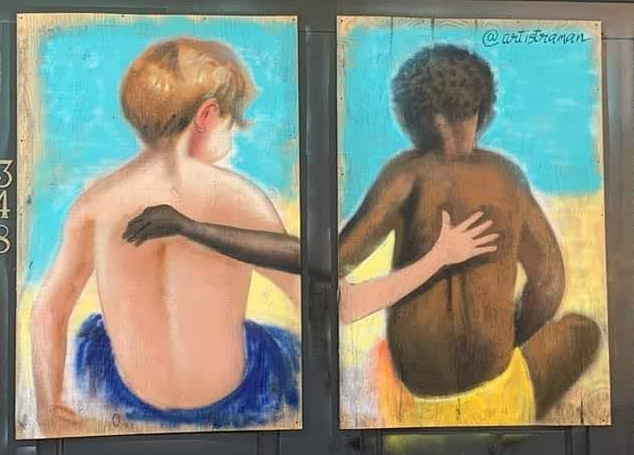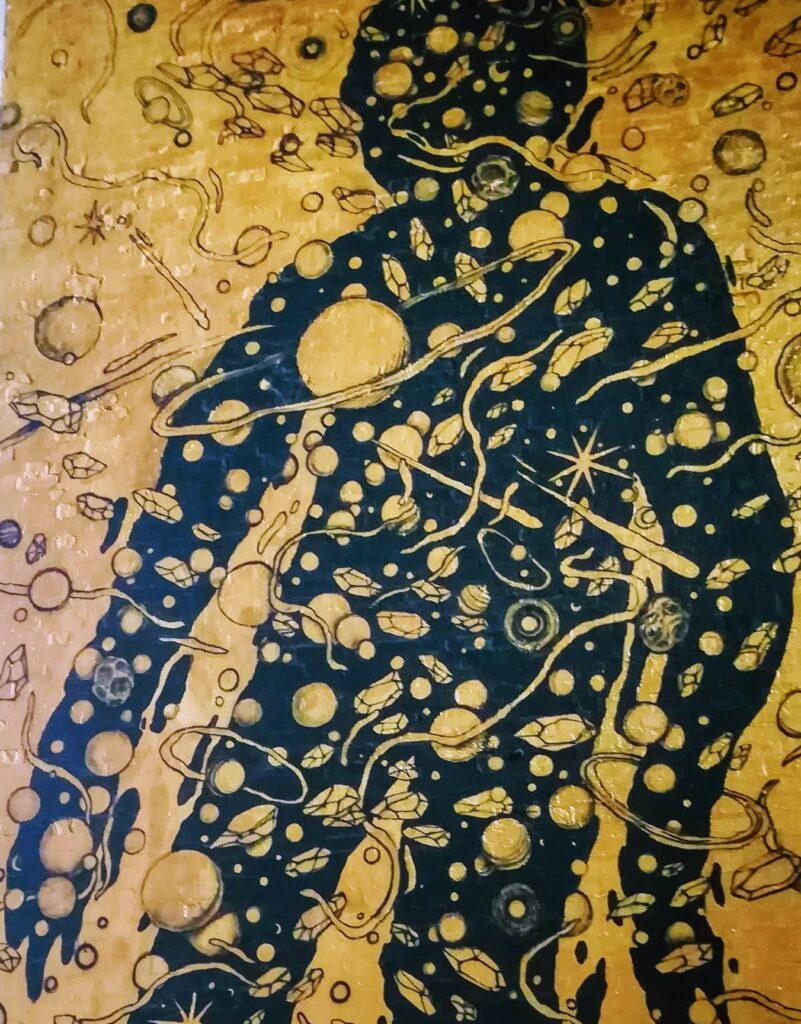
Last week I wrote about moving from DEI (diversity, equity, inclusion) to IDEAL (inclusion, diversity, equity + affinity & love) (link). The idea is that cultivating affinity is key to changing the dynamic from apathy or aversion to authentic connection or love. Here is a story that illustrates how.
I was in Hyderabad, India, to do a train-the-trainer program with youth organizations in the country. As part of the program, the trainers had to deliver a session to a live group of participants. The organizers brought in participants from a local slum.
When the participants filed into the room, they sat automatically with those they identified with. The men sat with men. Women with women. Girls with girls. Boys with boys. Hindus picked a seat next to other Hindus. And Muslims with Muslims. Everyone self-segregated themselves into visible identity groups – gender, age, religion. The trainers wanted to shake this up and did so in a clever way. They asked everyone to walk around the rooms while the facilitators clapped their hands. When they stopped clapping, everyone was instructed to stop where they were.
When they got the group to stop, the identity groups were completely scrambled. They asked people to sit down with the four people who were now around them. They then moved into an activity using a tool called Visual Explorer to get the participants to each share a story about their aspirations. I snapped a picture of a young Muslim woman sharing her story surrounded by a mix of adults all listening intently. These were people who would have never otherwise have stopped to listen to her. While I don’t know what may have changed as a result but mutual respect was visible. I believe that in sharing these stories something shifted in how these individuals now saw and related to one another.

Nobel Laureate Amartya Sen pointed out that polarization comes when we focus on a single aspect of our identity, such as race, religion, or class. When we unpack our identities more fully with others, we find many commonalities that we share that can be the basis for forming a relationship. A Muslim and a Jewish man may both find they have daughters, love soccer, and like to play music. What is needed are ways to bring all of who we are into view, into the light, so as to be seen, so as to discover what connects us.
This insight has been at the heart of my work in leadership development over two decades in more than two dozen countries. In conflict zones, the impact of this is dramatic. Social scientist Ashutosh Varshney studied places around the world to discover why some places that had a similar ethnic make-up saw communal riots while others didn’t. What he found was the places that didn’t have riots had community networks that spanned across the different groups. When trigger events occurred, these networks were able to diffuse the tension and resolve the issues peacefully (https://www.un.org/esa/socdev/sib/egm/paper/Ashutosh%20Varshney.pdf).
We might notice that the places where we see violence occur in the world are often accented by separation. When we are able to create boundary-spanning networks and ways to see into the lives of others, we find that we often have more in common than the facets of difference that may divide us. What we need then are ways to bring us together and help us see each other more fully. My work with CoMetta (www.cometta.co) is focused on doing this by hosting open community conversations that build empathy and understanding. We can all do this work of bridging in ways that are closer to home.
My wonderful neighbor Anna Wilkins is a model of how to do so. She organized a series of gatherings throughout the year where neighbors host potlucks that are open to everyone in the neighborhood (https://youtu.be/tt79X0akm4I). Rather than pass each other on the street as strangers, we now have a sense of belonging.
This belonging can sometimes be a matter of life or death. My wife worked as a social worker for a nonprofit organization based in a slum in Mumbai. Back in the 1990s, Hindu-Muslim riots convulsed the city. Mobs roamed the streets looking for people of the other religion to target but the people who worked at the nonprofit sheltered each other. While nearly a thousand people died in the violence in the city, nobody from the nonprofit organization was hurt.
Creating harmony needs networks and orchestration. It doesn’t happen automatically. If we want peace, we need to build bridges to help us connect rather than walls to keep each other out. When we invite people into our homes and networks, we get to see each other’s eyes and read one another’s hearts. What we invariably find — in expressing our struggles and aspirations — is a common humanity that draws us together rather than an enmity that drives us apart.
Related posts:
https://www.linkedin.com/pulse/electing-win-different-way-lyndon-rego/
https://www.linkedin.com/pulse/healing-heart-america-lyndon-rego/
https://www.linkedin.com/pulse/retreating-from-reality-our-connectivity-lyndon-rego/
